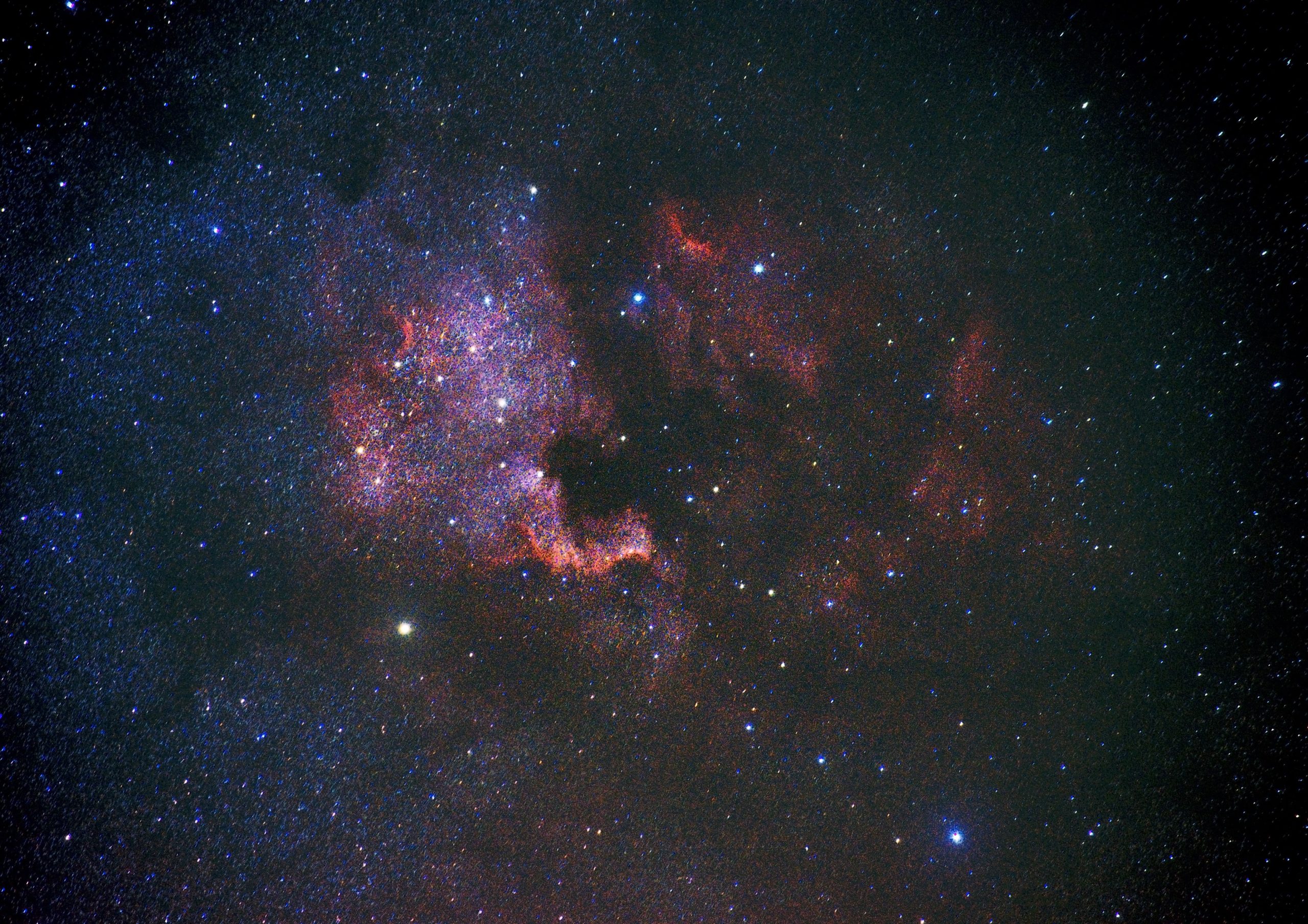Why Is My Moon Sign Different in Vedic Astrology?
Have you ever compared your Moon sign in Western astrology to your Moon sign in Vedic astrology and wondered why they are different? It can be quite puzzling to find inconsistencies between the two systems. In this blog post, we will delve into the reasons behind this disparity and explore the fascinating world of Vedic astrology.
The Basics of Western and Vedic Astrology
Before we dive into the differences, let’s briefly introduce Western and Vedic astrology. Western astrology is widely practiced in the Western countries and is based on the tropical zodiac, which is aligned with the seasons. Vedic astrology, on the other hand, has its roots in ancient Indian scriptures called the Vedas. It uses the sidereal zodiac, which takes into account the fixed positions of the stars.
In Western astrology, the Moon sign represents our emotional nature, instincts, and subconscious patterns. It determines how we respond to life’s challenges and influences our emotional well-being. Similarly, Vedic astrology also considers the Moon sign as an essential factor in predicting one’s personality traits and life experiences.
The Precession of the Equinoxes
The primary reason why your Moon sign differs in Vedic astrology is due to a phenomenon called the precession of the equinoxes. This phenomenon refers to the gradual shift in the Earth’s rotational axis, causing the fixed stars to appear to move over time. It takes about 26,000 years for the Earth to complete one full precession cycle.
Over the centuries, this precession has led to a slight shift in both the Western and Vedic zodiacs. However, Western astrology has not accounted for this shift, and thus, it remains aligned with the tropical zodiac.
Vedic astrology, on the other hand, recognizes and adjusts for the precession of the equinoxes. Consequently, the sidereal zodiac in Vedic astrology is approximately 23 degrees earlier than the tropical zodiac used in Western astrology. This difference results in a variance in the placements of the planets and, subsequently, the Moon sign.
The Importance of Ayanamsa
Another critical factor that determines the differences between the Moon signs in Western and Vedic astrology is the concept of Ayanamsa. Ayanamsa refers to the calculation of the exact amount of shift between the two zodiacs.
There are different Ayanamsa systems used in Vedic astrology to determine the precise sidereal zodiac positions. Some popular Ayanamsa systems include Lahiri, Raman, Krishnamurti, and B.V. Raman. Each system calculates the Ayanamsa value slightly differently, resulting in small variations in the Moon sign placements.
It’s worth noting that the Ayanamsa value can also differ based on the source or astrologer you consult. Therefore, it is crucial to consider this when comparing Western and Vedic astrology charts.
The Unique Perspective of Vedic Astrology
Vedic astrology offers a different perspective on the Moon sign, as its interpretations are based on the ancient teachings of the Vedas and a vast body of astrological knowledge accumulated over thousands of years.
In Vedic astrology, the Moon holds a special significance and is considered one of the most important planets. It is believed to be the key indicator of one’s mind, emotions, and mental health. The Moon sign in Vedic astrology provides valuable insights into an individual’s deep-rooted emotional patterns, subconscious tendencies, and maternal instincts.
Furthermore, Vedic astrology also takes into account additional factors, such as the Nakshatras or lunar mansions, which divide the zodiac into 27 equal sections. These Nakshatras further refine the interpretation of the Moon sign, giving a more nuanced understanding of an individual’s emotional makeup.
Benefits of Understanding Both Moon Signs
While it can be initially confusing to have different Moon signs in Western and Vedic astrology, understanding both systems can offer a more comprehensive view of your personality and life experiences.
By exploring the interpretation of your Moon sign from both perspectives, you can gain deeper self-awareness and better navigate your emotional landscape. Your Western Moon sign may highlight certain traits and tendencies, while your Vedic Moon sign may provide additional insights and guidance on how to balance and harmonize your emotions.
Conclusion
The difference in Moon signs between Western and Vedic astrology is primarily due to the precession of the equinoxes and the unique perspective each system offers. As we have seen, the Western astrology Moon sign remains fixed in the tropical zodiac, while the Vedic astrology Moon sign adjusts for the precession and uses the sidereal zodiac.
While there might be initial confusion when discovering the differences, embracing both systems allows you to deepen your understanding of your emotional nature and gain valuable insights into your subconscious patterns.
Ultimately, the choice of which astrology system to follow or resonate with is a personal one. Whether you find more affinity with your Western or Vedic Moon sign, astrology serves as a powerful tool for self-discovery and personal growth.
Table of Contents
